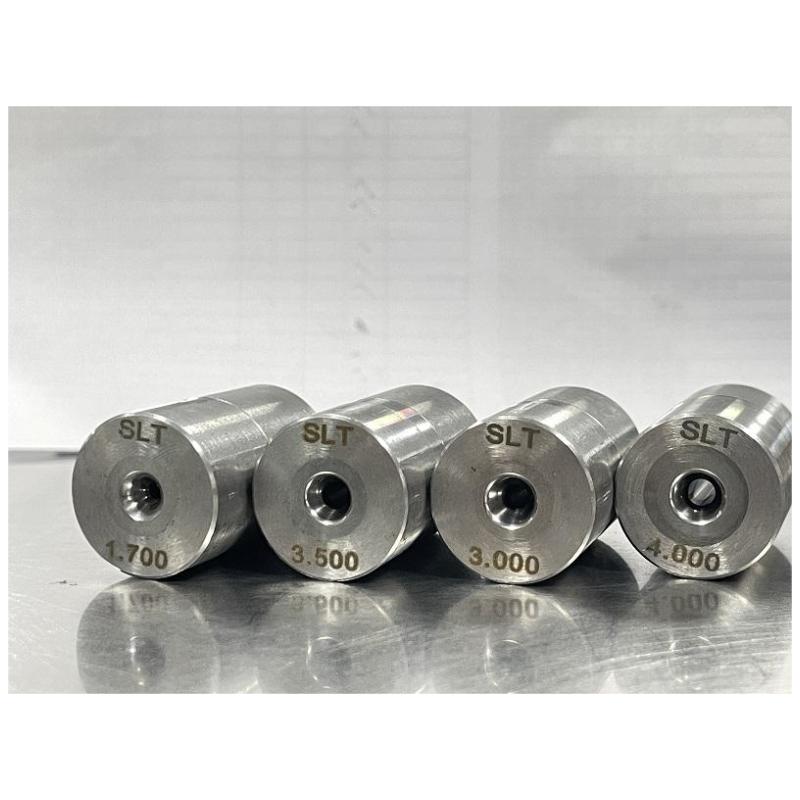Factors affecting wire drawing dies’ drawing
Factors affecting wire drawing dies’ drawing
(1) Copper, aluminum rod (wire) material. When other conditions are the same, the tensile force of the copper wire is larger than that of the aluminum wire, and the aluminum wire is easy to break, so the reliability coefficient should be larger when drawing the aluminum wire.
(2) Tensile strength of the material. There are many factors in the tensile strength of the material, such as the chemical composition of the material, the calendering process, etc., and the tensile strength is high.
(3) Degree of reduction. The greater the degree of reduction, the longer the length of the reduction section in the die hole, thus increasing the positive pressure of the die hole on the line, the friction force will also increase, and the tensile force will also increase.
(4) Friction coefficient between wire and die hole. The greater the coefficient of friction, the greater the tensile force. The friction coefficient is determined by the finish of the wire and die material, the composition and quantity of the lubricant.
(5) The size and shape of the die hole working area and the sizing area. The larger the sizing area, the greater the tensile force.
(6) The position of the wire drawing die. The improper placement of the wire drawing die or the deflection of the die base will also increase the tensile force. It also makes the wire diameter and surface quality not up to standard.
(7) External factors. The wire is not straight, the wire dithering during the drawing process, and the pay-off resistance will increase the tensile force.

 English
English Español
Español Português
Português русский
русский français
français 日本語
日本語 Deutsch
Deutsch Tiếng Việt
Tiếng Việt Nederlands
Nederlands ไทย
ไทย Polski
Polski 한국어
한국어 Svenska
Svenska magyar
magyar Malay
Malay বাংলা
বাংলা Dansk
Dansk Suomi
Suomi हिन्दी
हिन्दी Pilipino
Pilipino Türk
Türk Gaeilge
Gaeilge عربى
عربى Indonesia
Indonesia norsk
norsk čeština
čeština Ελληνικά
Ελληνικά Українська
Українська नेपाली
नेपाली Burmese
Burmese български
български ລາວ
ລາວ Latine
Latine slovenský
slovenský Lietuvos
Lietuvos

Changzhou Shen Litong Mould invites you to visit the exhibition
From August 27th to 29th, 2025, at SHANGHAI NEW INTERNATIONAL EXPO CENTRE,the 12th China International Wire&Cable Industry Exhibition (Hall E1, G21), Shen Litong Dies sincerely invites you to visit, exchange and offer guidance, and jointly explore new developments in the industry.
Read MoreCommon Wire Surface Defects: Causes and Die-Related Solutions
Abrasions or Built-up Edges (BUE): Accumulation of wire material (e.g., copper, aluminum) on the die surface, which then scratches subsequent wire.
Read MoreThe Differences Between Aluminum Wire Drawing Dies and Copper Wire Drawing Dies.
The Differences Between Aluminum Wire Drawing Dies and Copper Wire Drawing Dies.
Read More